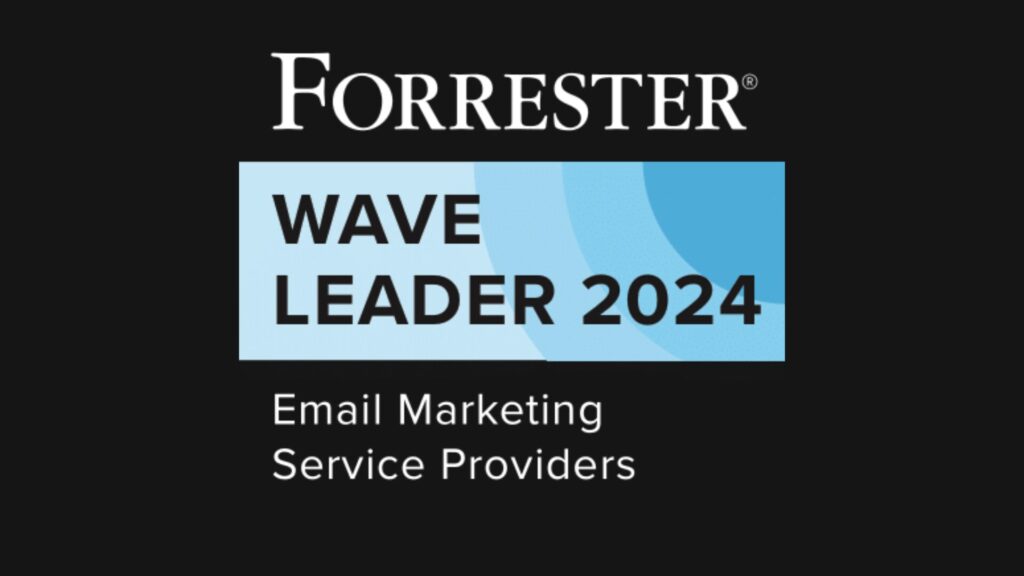
How CDP can Improve Retail Customers’ Experience
The retail buying journey is more complex than ever. Consumers may discover a new product on social media, hear about it on a podcast, read an email, or watch a video from one of their favorite content producers.
With so many avenues to discover products, it’s increasingly difficult for retailers to understand what drives users to make a purchase.
Most retailers track some customer data, but it’s often siloed in different tools or separated into online and in-person data—making it impossible to get a clear picture of the true customer journey. CDP (customer data platforms) are the answer to this challenge.
Why a CDP Is Crucial for Retail Strategy
CDPs create a unified database of customer data, giving retailers a more holistic view of customer behavior both online and in-store. That data can be leveraged to provide deeper insights and more accurately predict trends.
Here are several reasons why more retailers are relying on CDPs to understand their customers.
Find, Engage, Retain, and Grow the High-Value Customers
High-value customers are the holy grail of retail. They are willing to spend money, are loyal, and can easily turn into brand ambassadors. With a CDP, you’ll have a complete picture of the customer journey, allowing you to easily spot high-value customers early in the buying process.
For example, you might note customers who make three purchases in a specific time period and sign up for a reward program are likely to become high-value customers. When someone takes those actions, you might offer additional perks, benefits, or customer service to keep them engaged.
Increase Marketing Efficiency and Effectiveness
CDPs combine powerful analytics and an easy to use dashboard with machine learning to provide detailed reports on the impact of specific marketing campaigns. And, because it combines data from multiple sources, you can be confident you understand the full impact of every campaign.
With access to the entire customer journey, you no longer have to rely on last click attribution; rather, you can see the direct ROI of each campaign. As a result, marketing can see which platforms, tools, and approaches have the greatest impact, allowing your marketing team to quickly pivot away from efforts that don’t deliver results—and reinvest in strategies that drive ROI.
Ensure GDPR Compliance
GDPR requires organisations to protect user’s data and privacy or face steep fines. Navigating these regulations can be a challenge for retailers, especially those with limited online capabilities or those with massive amounts of data.
CDPs support GDPR compliance by centralising customer data and providing access to multiple tools and systems—without sharing that data directly. This means the customer’s data is always secure.
Augment Product Launches and Activate Customers
CDPs provide access to up-to-date data about customer preferences and behavior—data that can be critical when launching a new product into the market. In addition to providing a deeper understanding of how the market will react to a new product, the data can help you spot possible brand ambassadors that can activate your audience.
For example, a makeup company might notice customers are more likely to purchase new pallets during seasonal changes and often interact on a specific social platform before making a purchase in-store. Now your marketing team knows when to launch and where to promote the new line. Previously, this data would have been siloed in different tools or inaccessible all together.
Create Segmented Marketing or Event-Based Marketing
Your target audience isn’t made up of one type of customer. Various segments of your audience may be driven by different marketing initiatives or care about different pain points. A CDP makes segmentation more effective by providing access to more data about individual customers.
For example, you might assume a user who looks at baby items is expecting a child, and target them appropriately. However, by combining website data with data from email or social, you may realise they are shopping for a friend. Now, marketing can place them in the correct segment and deliver more relevant ads.
Similarly, event-based marketing relies on tracking users’ behaviors across multiple platforms. A CDP allows retailers to combine data, providing a clearer picture of user actions so you can deliver a more personalised experience.
Remarket to Abandoned Carts or Inactive Users, and Re-Engage Them
The average consumer will not convert on their first visit. Rather, consumers are likely to visit a site several times before completing their purchase and may use multiple devices. By combining data from multiple platforms, retailers can easily re-engage users no matter which platform (or device, in some cases) is used.
For example, a CDP might allow you to see a user added an item to their cart via social media so you can send an abandoned cart email. Similarly, inactive users are easier to spot (and re-engage) when you have a clearer picture of the entire customer cycle.
Recommend Products and Content Based on Individual Behavior
Today’s shoppers expect a personalised experience. That is increasingly difficult for retailers, due to the challenges of combining online and offline data, the massive number of platforms users engage on, and the large number of tracking tools.
CDPs solve this challenge by aggregating customer data, allowing marketers to focus on relevance and anticipate each customer’s wants and needs. In addition to providing relevant product recommendations, aggregating data allows retailers to deliver better value by sending content most likely to drive customer action.
Acquire High-Level Marketing Insights
Data is often siloed into various tools, platforms, and dashboards. This makes it challenging to spot trends across customer segments. By combining data from multiple platforms, CDPs provide retailers with high-level marketing insights that would have previously been hidden or difficult to access.
For example, you might see that users who enter your funnel from a specific platform are more likely to be high-value or less likely to churn. That data can be used to inform long-term marketing plans.
CDPs Drive Results in Retail
In the world of retail, customer data plays a crucial role. CDPs provide detailed insights retailers need to compete for customers’ attention in the busy online world. The benefits of leveraging a CPD in retail are clear—are you ready to take the leap?
Want to see Zeta in action?
The Zeta Marketing Platform empowers businesses to offer highly tailored experiences driven by AI.



